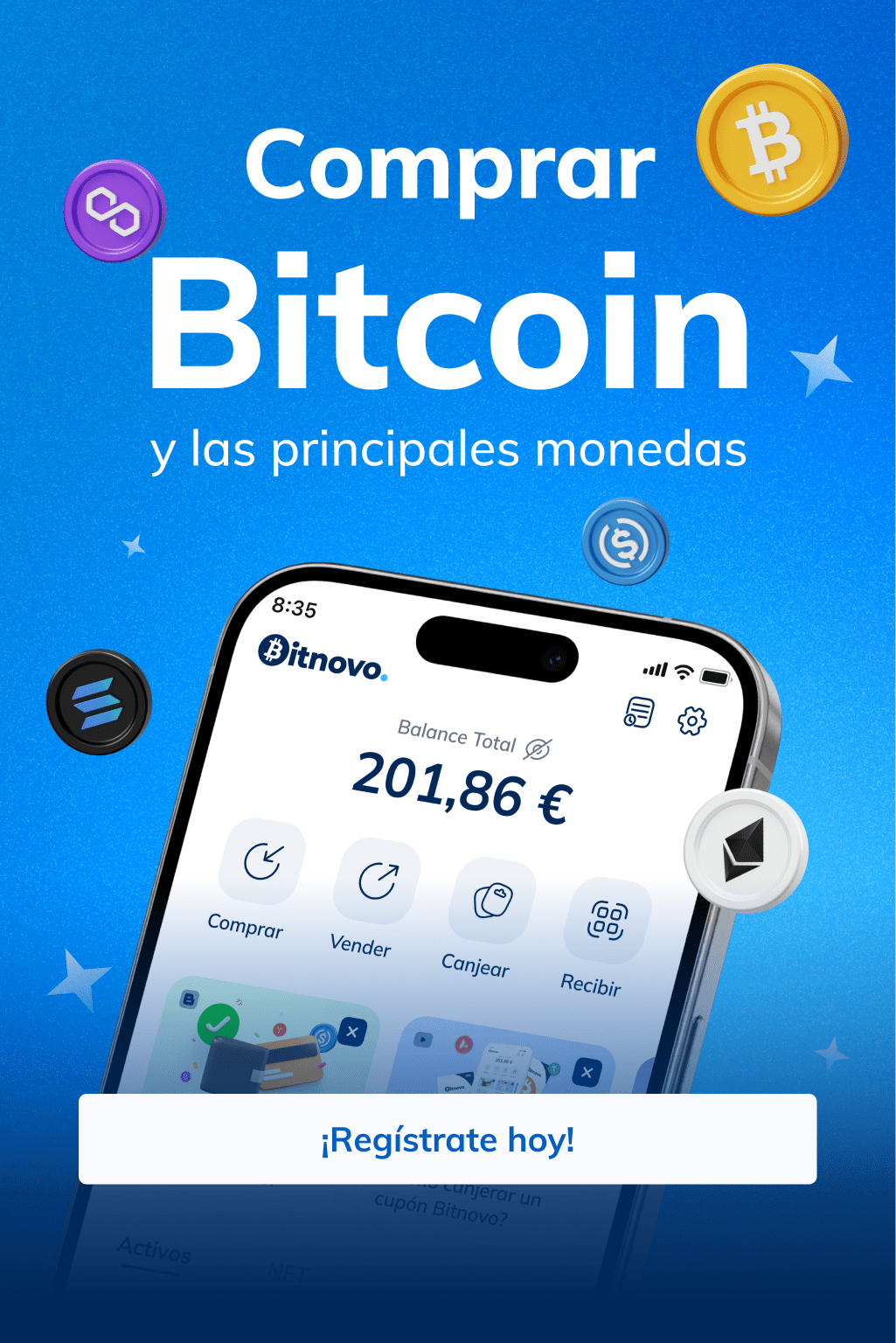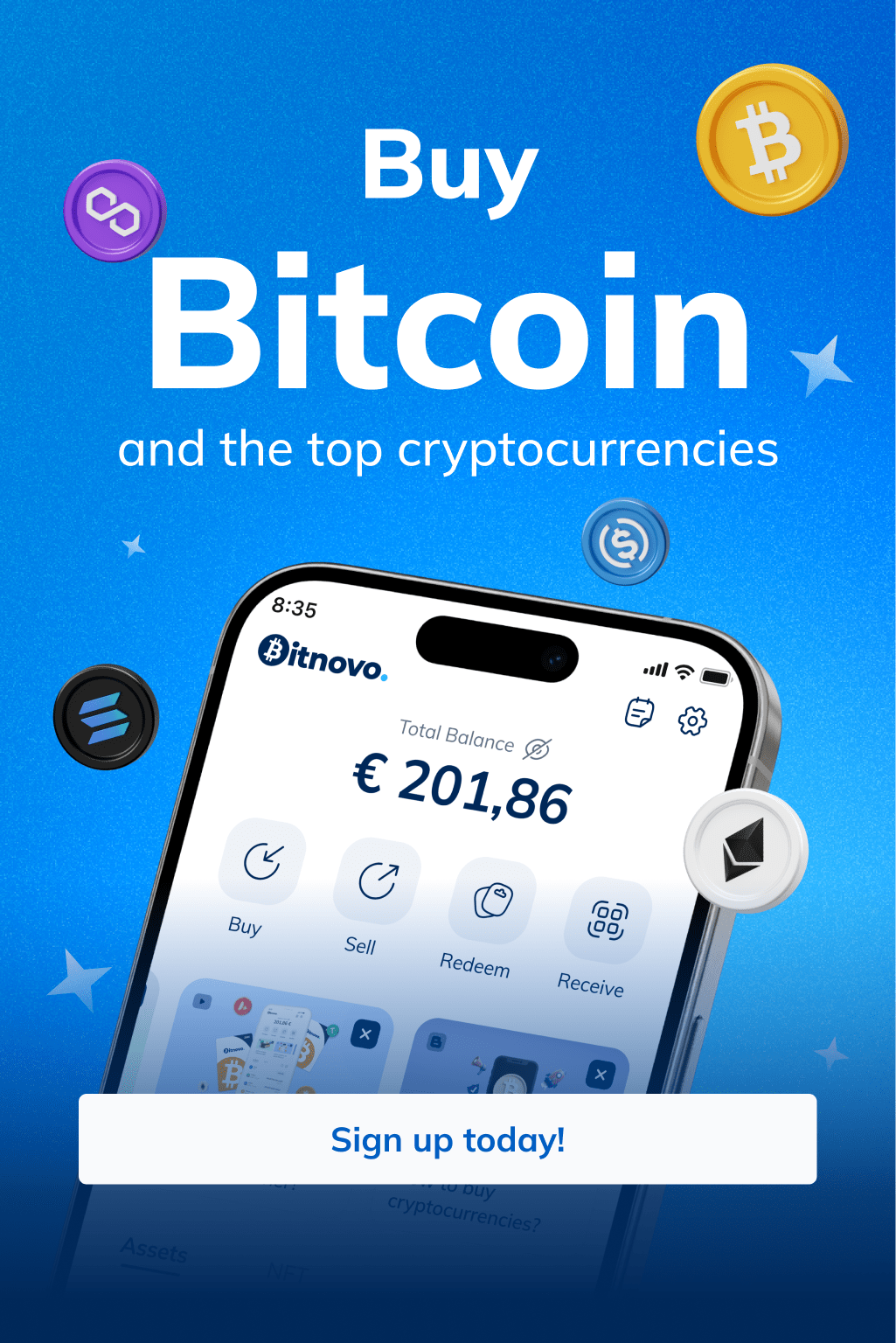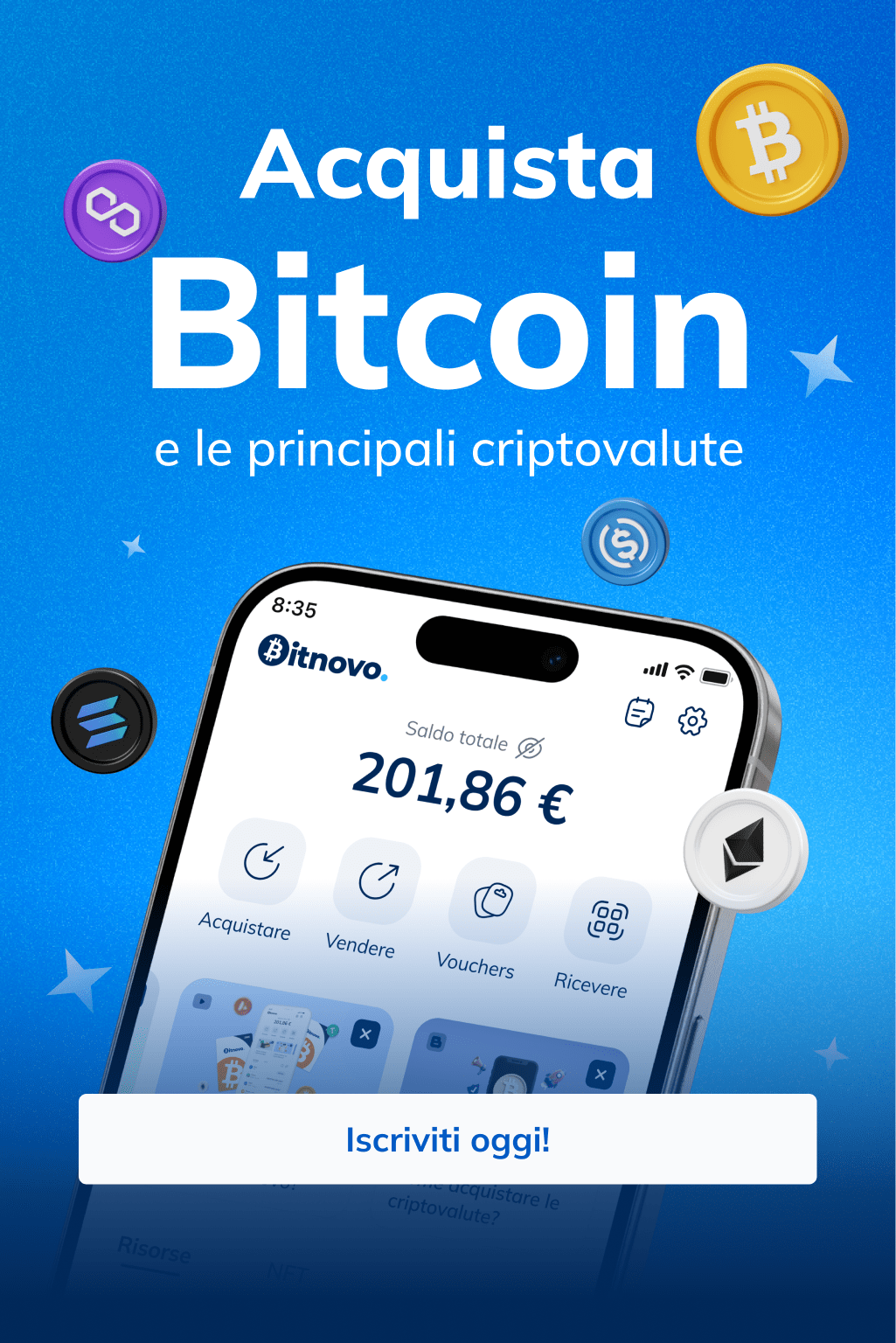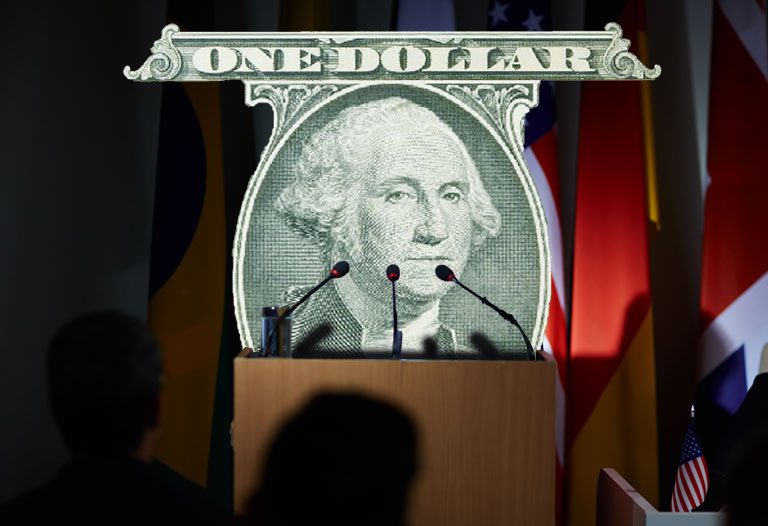
Table of Contents
ToggleFiat money is a currency that a government authority has established as legitimate for the exchange of goods and services, but that, unlike currencies backed by a physical commodity such as gold, its value does not derive from a material with intrinsic value, but from the widespread trust and acceptance that it can be used to make payments.
And why “fiat”? The word fiat has its origin in classical Latin and means “let it be done” or “be it made”. In that language, fiat was used to express the manifestation of an order, will, or decree. Later, it evolved to refer to the compliance with dispositions from a higher authority. In this case, the imposition of using a currency to trade.

How Fiat money works in the current economy
Fiat money works thanks to a combination of state control and public trust. Its value does not depend on physical assets, such as gold or silver, but on people’s certainty in the stability of the economy.
Basic principles of how Fiat money works
- Money issuance. Central banks issue new money to cover the needs of the economy.
- State regulation. Governments and central banks control exchange rates, inflation, and monetary policy.
- Public trust. Fiat money works as long as people believe in its value. The US dollar remains the main world currency, as it is backed by a strong US economy.
Does paying digitally imply using Fiat money?
Yes, of course. If you had paid for your ticket to go on vacation using some digital means (debit card, bank transfer, or payment App), you would have been using fiat money.

The fact that the transaction is electronic does not change the nature of the currency you are moving. If the currency is backed by a government, it is fiat money. Some clear examples of fiat money are:
- US Dollar (USD). The most in-demand currency in the world. It is used in international trade, foreign exchange reserves, and investments.
- Euro (EUR). The currency of the European Union, used in 20 countries, including Germany, France, and Italy. The euro is the second most popular among global reserve currencies.
- Japanese Yen (JPY). One of the most stable currencies in the world. It is used as a “safe haven” for investors during periods of economic instability.
- Brazilian Real (BRL). Part of the largest economy in South America.
Key differences between Fiat money and Cryptocurrencies
Cryptocurrencies and fiat currencies are used for payments and transactions. However, they differ in many aspects.
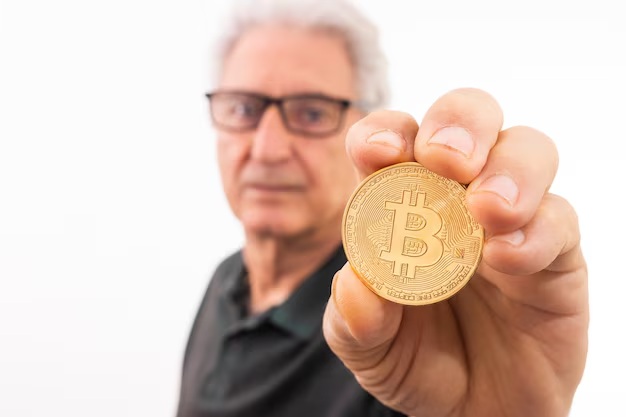
Differences
Unlike fiat currencies, governments do not issue cryptocurrencies. Instead, many cryptocurrencies are decentralized, so no authority can decide to issue more cryptocurrencies and, therefore, dilute their value.
Decentralized cryptocurrencies do not require third parties to validate transactions. As transactions are verified through blockchain technology, all transactions are recorded permanently and irreversibly, making cryptocurrencies a secure way to exchange value.
Similarities
Fiat money and cryptocurrencies share some similarities: both have no intrinsic value, meaning they are not based on commodities like gold and silver. Much of their value comes from their global acceptance. They are also divisible: just as one euro can be divided into 100 cents, 1 Bitcoin (BTC) can be divided into 0.00000001 BTC.
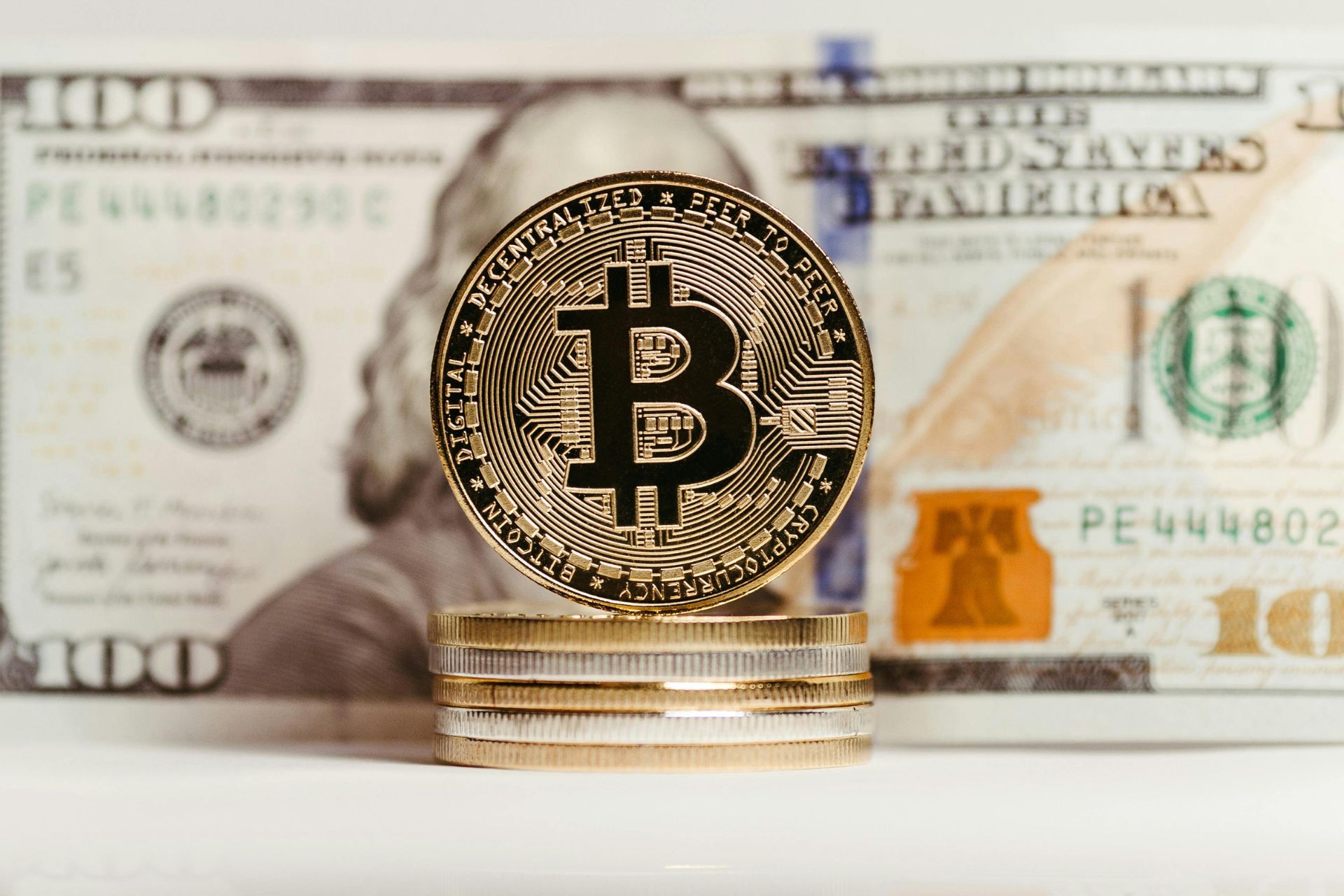
Risks and challenges of Fiat money: Inflation and value degradation
Since fiat currency is not backed by a commodity, but by a certain dynamism of the economic system, when fiat money is issued without a corresponding increase in economic production, it can lead to an excess of money in circulation. This excess supply can decrease the currency’s purchasing power, resulting in inflation, where the prices of goods and services increase.
- Weimar Republic. A classic example of the art of printing too much. In 1923 Germany, the need to pay war reparations, led to printing paper money uncontrollably. The inflation was so savage that people used bundles of marks to light the fireplace, because wood was more expensive than the money itself. A loaf of bread could cost billions of marks.
Furthermore, if citizens lose faith in the currency or in the government’s ability to manage the economy, this can lead to a lack of acceptance of the currency. This could result in a currency crisis where people might prefer to use alternative forms of money, such as foreign currencies or commodities.
- Zimbabue. This country took the concept of printing money to epic levels in the late 2000s. The public lost so much faith that the government was forced to issue 100 trillion Zimbabwean dollar notes that could barely buy a loaf of bread. Citizens simply stopped using their currency, opting for the US dollar or the South African rand. Foreign currency became, de facto, the currency for daily use.
For their part, fiat currencies can be devalued by government decisions, whether intentional or due to mismanagement, leading to negative impacts on international trade and investment.
- Venezuela. The economic crisis and hyperinflation have devalued the Bolivar to such an extreme that, today, most transactions are carried out using US dollars, despite the existence of the national currency. This is living proof that if trust is broken, people will migrate to alternative and more stable forms of money.
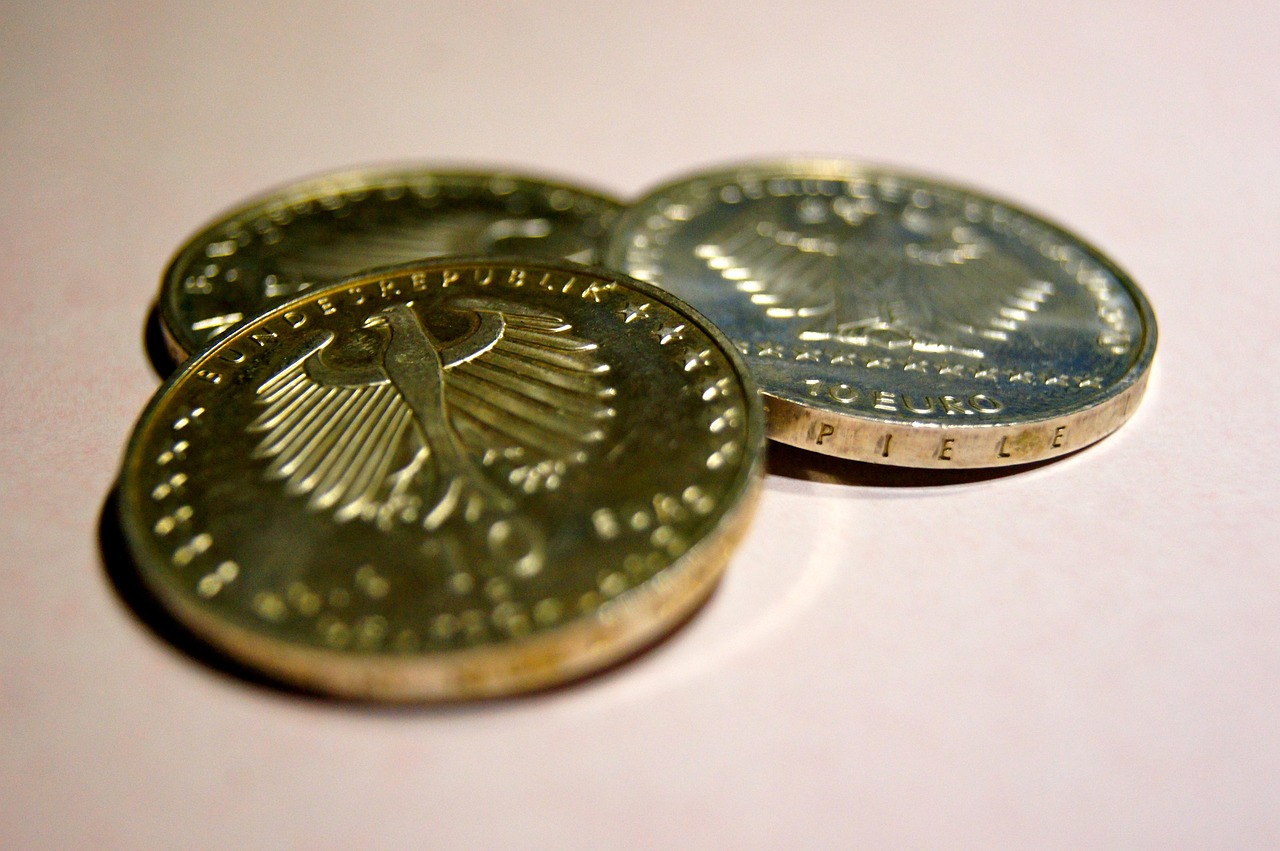
Why is Fiat money still the most used form today?
Nevertheless, despite the hyperinflation risks demonstrated by historical cases like the Weimar Republic and contemporary ones like Zimbabwe or Venezuela, fiat money remains the world’s main monetary system. This is because, on a large scale, its practical advantages are unmatched.
The firmness of fiat is based on a massive trust generated by its mandatory legal tender status. Furthermore, Central Banks offer relative stability by managing the money supply and acting as arbiters in crises, which is vital for global trade. This centralized control provides a predictable infrastructure that alternatives, like cryptocurrencies, still cannot match on a massive scale.
Definitively, the system is reinforced by the US dollar as the main global reserve currency. Most international trade and finance are negotiated in dollars, creating constant global demand.
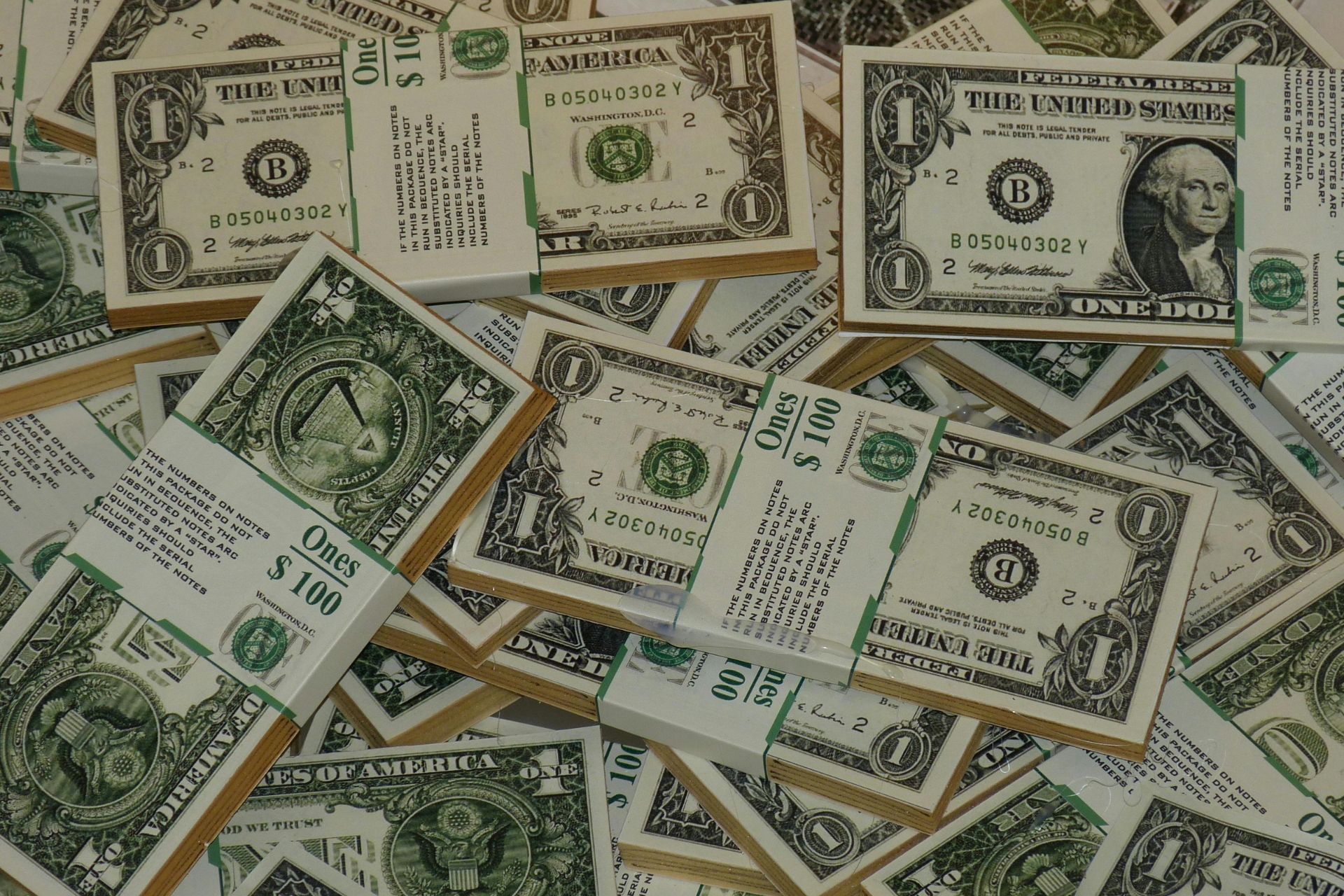
The relationship between Fiat money and the crypto revolution
Everything we have analyzed about the instability of trust, the risk of excessive printing, and the dependence on Central Banks is, precisely, the starting point of the crypto revolution. Thus, cryptocurrencies were born with a clear objective: to offer an alternative that overcomes the inherent limitations of fiat money. While state money is subject to the control of a centralized entity, cryptocurrencies offer you total self-custody.
This is where true financial freedom resides. By opting for cryptocurrencies, you choose to leave a system based on faith in a government and enter one based on transparency and mathematics. This is an empowering paradigm shift: you go from depending on the decisions of a politician to controlling your own financial destiny. It’s time to take control with Bitnovo!
Its sole purpose being: to democratize access to and use of cryptocurrencies while you maintain total control over them. Or as Javier Castro-Acuña, the Head of Crypto and Web3, says: «We offer real tools so that more people can use cryptocurrencies with total freedom and simplicity.» And that is exactly what we have achieved.
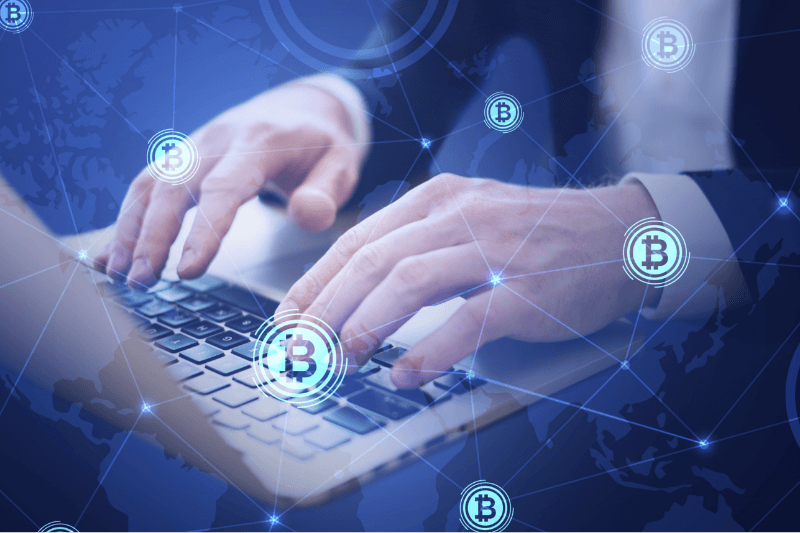
Frequently asked questions about Fiat money
- What is fiat money? It is the traditional form of money issued and regulated by the government, without backing in a physical commodity. It is widely accepted and offers benefits of stability and convenience.
- What are the advantages of fiat money? Some advantages include widespread acceptance, stability for financial planning, and government-backed security.
- What are the differences between fiat money and cryptocurrencies? Fiat money is centralized, controlled by governments, and widely accepted. Cryptocurrency is decentralized, independent of government control, and offers secure and efficient transactions.
- How do governments regulate fiat money and cryptocurrencies? Governments control fiat money through monetary policies and regulations. Cryptocurrency regulation varies between countries, seeking a balance between consumer protection and fostering innovation.
- Which currency is right for me? The choice between fiat currency and cryptocurrency depends on your preferences, needs, and risk tolerance. Consider factors like stability, accessibility, and regulatory frameworks when making your decision.
- Why is trust important in fiat money? Trust is fundamental for the functioning of fiat money, as its value is based on public acceptance. If the population loses faith in the currency, its value can fall rapidly, causing economic crises.
- Are there alternatives to fiat money? Yes, alternatives such as cryptocurrencies and other forms of digital money are gaining popularity. These offer benefits like security and decentralization, but also present challenges, such as price volatility and lack of regulation.
Conclusion and call to action
You have acquired transcendental knowledge about fiat money and its risks. You now reason that true financial freedom means having self-custody and total control over your assets. You don’t have to depend on centralized entities or risk your savings being diluted by government decisions.
It is your moment to take control. The most direct and secure way to protect your wealth is through digital assets. Download the Bitnovo App and start your path to financial autonomy in 3 minutes
